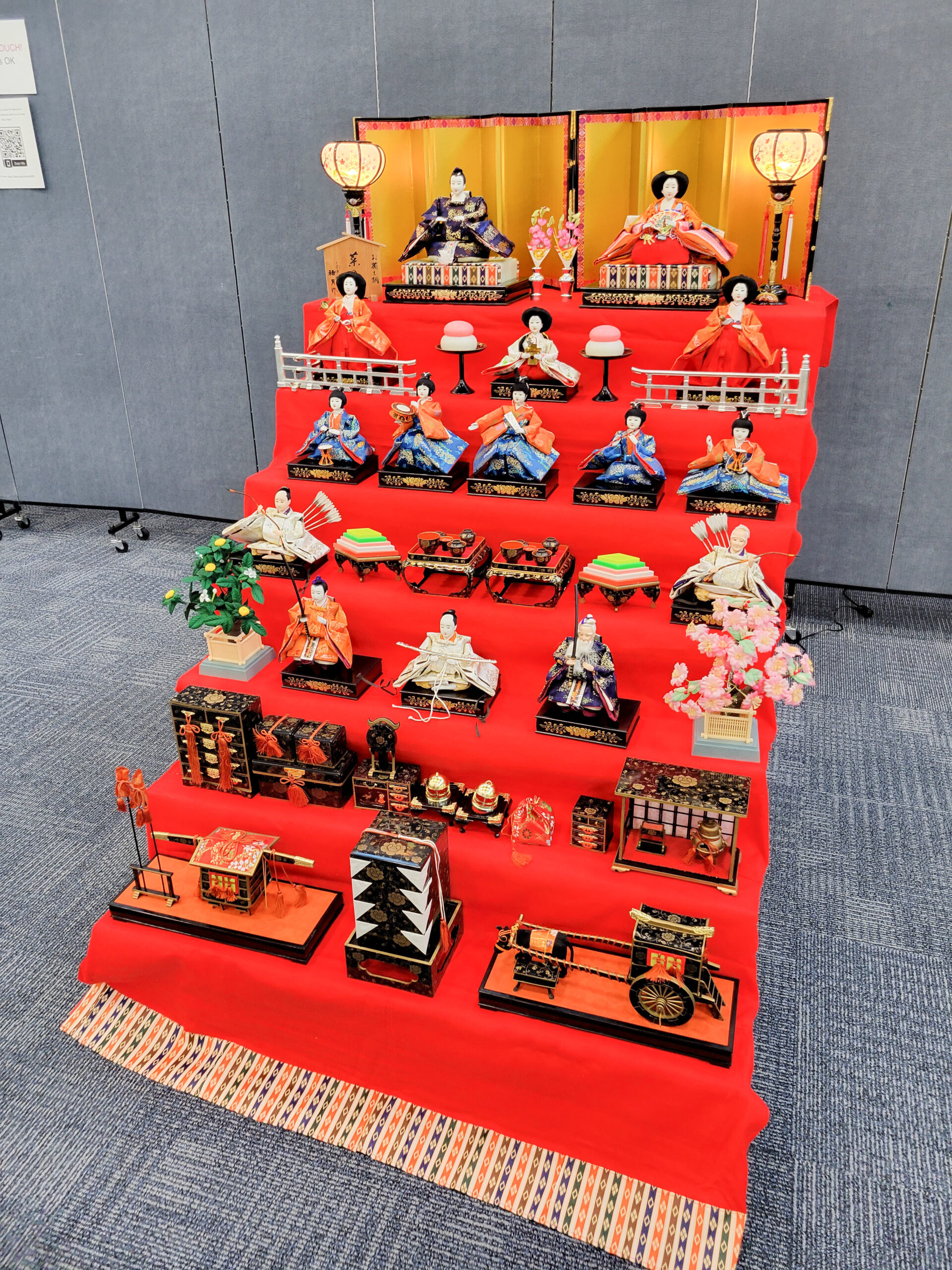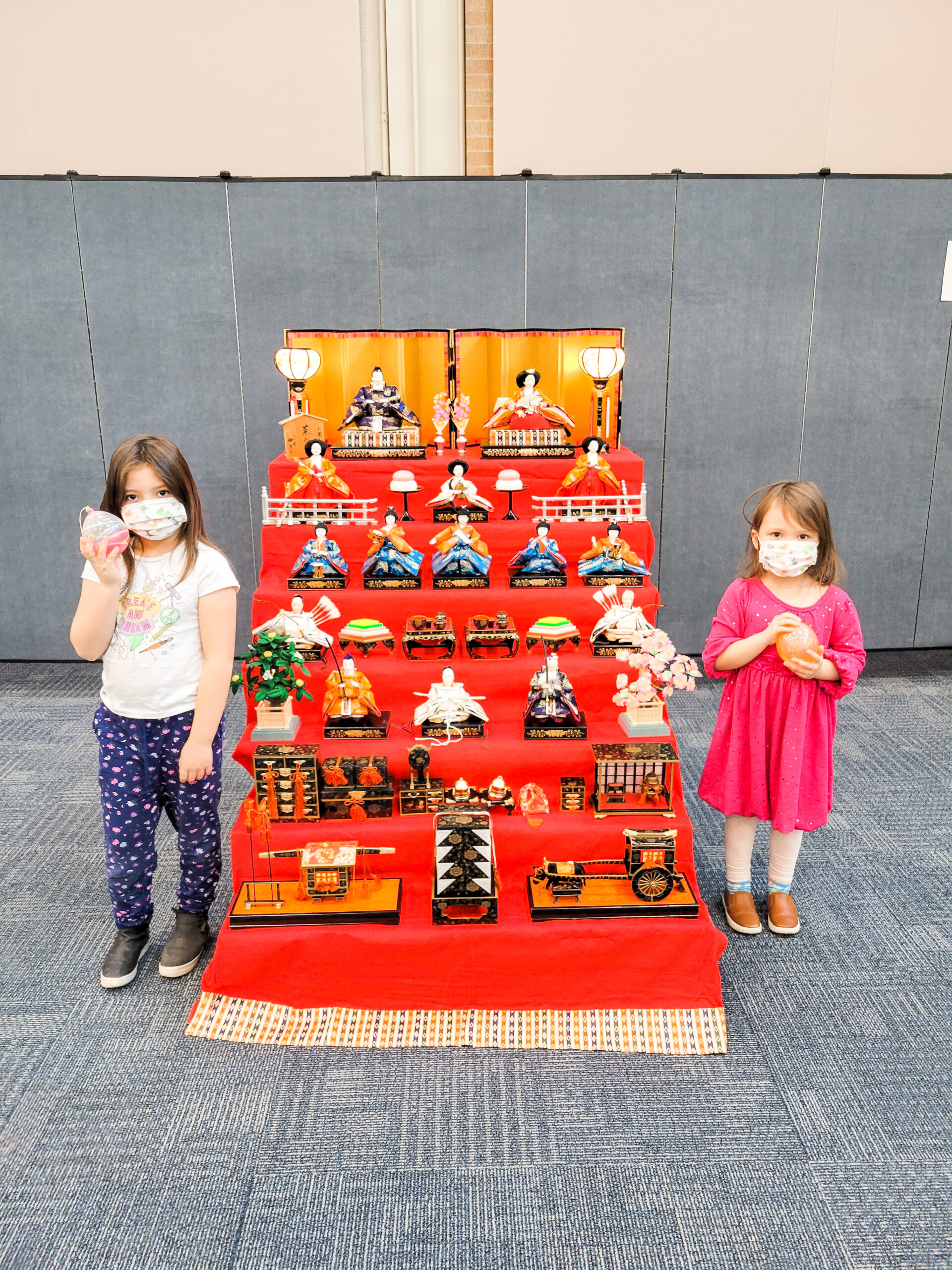Girl’s Day is a Japanese holiday where girls and daughters are celebrated, and their family wishes for their long lasting health and happiness. It is one of the most loved and celebrated holidays in Japan, and it’s been around for well over 1,000 years! So what is Japanese Girl’s Day exactly about? Well, I’m here to answer your questions!
Celebrating the miracle of bringing children into the world

It is said that the Girl’s Day celebration started back in the Heian period (794 to 1185) in Japan. Back in the day, with the lack of scientific and medical knowledge, it was truly a miracle for women to not only be able to get pregnant and give birth to a healthy baby, but also for babies to survive the birth. Many mothers and babies never made it through the traumatic event of their lives, so giving birth was truly a life or death situation for them back then.
After babies were born and survived the first few days or week of their lives, they would be followed by many milestone celebrations like post birth 50th day and 100th day celebrations. It was that rare for children to be brought into the world and that they were able to grow up and have a healthy and happy life. It is no surprise that people back then created a holiday to celebrate their children (March 3rd for Girl’s Day and May 5th for Boy’s Day- now called as Children’s Day) and prayed for their long lasting life filled with joy and happiness.
Celebrating Children’s growth milestones

As I mentioned above, it was extremely rare for babies to survive their birth, first few weeks and even year of their lives back in the day. Even when babies did survive their traumatic birth, there were so many causes (like illnesses and natural disasters) that would prevent them from having healthy growth.
Since there wasn’t a lot of scientific knowledge and medical help to figure out how to actually prevent and treat some illnesses that a lot of babies experienced back then, it is said that people would gift a doll (called Amagatsu or Houko) to a newborn baby in the Heian era. It was believed that the doll would watch over the baby and take away any impurities (like sicknesses) from her/him up till she/he turned 3 years old.
Babies would grow up, become toddlers and start playing with their Amagatsu dolls, and parents and family members started dressing up the dolls for their children to play with. It is said that that was the beginning of the Hina dolls and how people in Japan started celebrating Girl’s Day with dolls. It was another way to celebrate children’s growth milestone and celebrate them with the dolls they grew up with.
(You can read and learn more about it on this Japanese website !)
Wishing for children’s healthy journey into adulthood and marriage

When babies and children survived the first few years of their lives and grew older back in the day, parents and family would wish for their continuous growth and their happiness through a successful marriage in their adulthood. It is said that the traditional seven-tiered Hina doll sets (picture above) were created back in the Edo Period (1603 and 1867), and they symbolize a girl marrying into a new family.
The two dolls on the top represent a prince and princess, and the three girls right below them are the assistants who have taken care of the princess over the years. The 5 male dolls with musical instruments on the third row represent musicians at the wedding. The two male dolls with bows and arrows are security guards for the couple, and the last three male dolls on the bottom represent workers and assistants for them.
The last two rows of the Hina doll set represent furniture and the ride the princess is sent off with. Back in the day, women would leave their own family to marry into their future husband’s family, and it was common for the women’s family to purchase new furniture and equipment to send their daughters off with in hopes of them not having to deal with the inconvenience of lack of necessities in their marriage.
The traditional Hina doll set full of dolls and things that represent marriage was a way for families to wish for their daughters’ peaceful and untroubled future. The Hina doll sets have been around for almost 400+ years in Japan, and it’s still the main decoration for Girl’s Day to this day.
Japanese Girl’s Day is a beautiful holiday to celebrate the birth and growth of girls/daughters and wish for their wonderful future. What a beautiful way to honor girls and celebrate their lives! I absolutely love that Japanese Girl’s Day is around the cherry blossom season in Japan, meaning that there are a lot of beautiful cherry blossom decorations to go with the celebration.
Here is my new blog post about my favorite decorations I’ve purchased from Amazon for Japanese Girl’s Day! I hope this is helpful. Please feel free to let me know if you have any questions!
